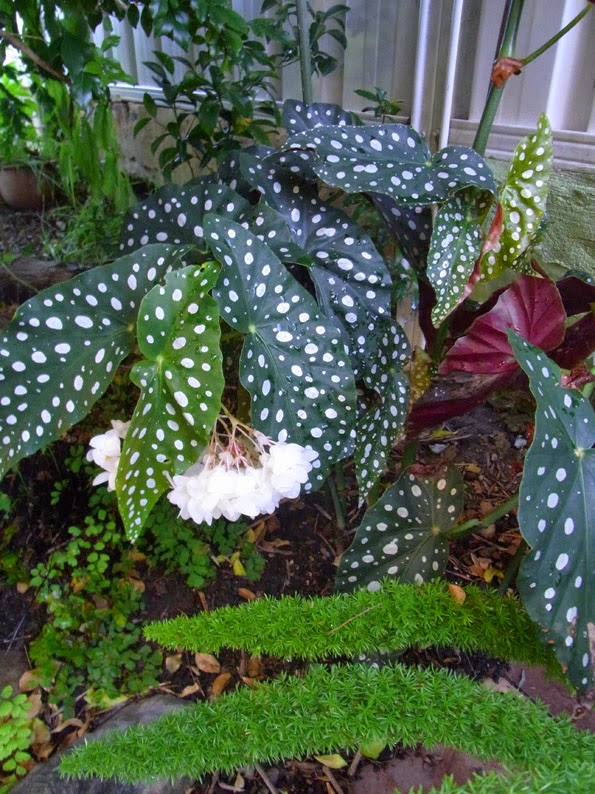Talk about a love-hate relationship! Gardeners and rain. Right now I'm in lurv (but there have been other times when I have cried "enough" and the rain didn't stop and it just kept on raining and the tender plants did drown).
These last few weeks it has not so much been "hate" as it has been "where are you?". And so today the heavens have opened and all the soil is enjoying a desperately needed drink.
And so, as a minor celebration of just one decent day of rain, I have whipped out my iPhone, have set the photo function to "Panorama" and so here is how soggy-land is looking late this afternoon. I am sure if you click on the photo it will come up a lot bigger.
I am always blown away by the power of rain. It contains so much water! Huge amounts. I could stand here with a hose waving it here and there and everywhere for two hours, and it would barely water the garden to a depth of an inch or so.
If you haven't done it, do it some time. Get out there and give the garden the biggest watering you can manage. Then dig down into the soil. You'll probably be amazed to discover that the soil is moist any deeper down than just one inch.
Doing this little experiment has taught me that there's nothing that comes out of a tap, or out of a water tank, that compares to rain. Rain is so generous, so plentiful...
Dig down into the soil on the morning after a day's rain, and the soil is moist all the way through, it's watered all the way down to spade-depth. That's Huey the Rain God at work, folks.
Mind you, I'm not a God Worshipper at all, but I do admire Huey's work!

























